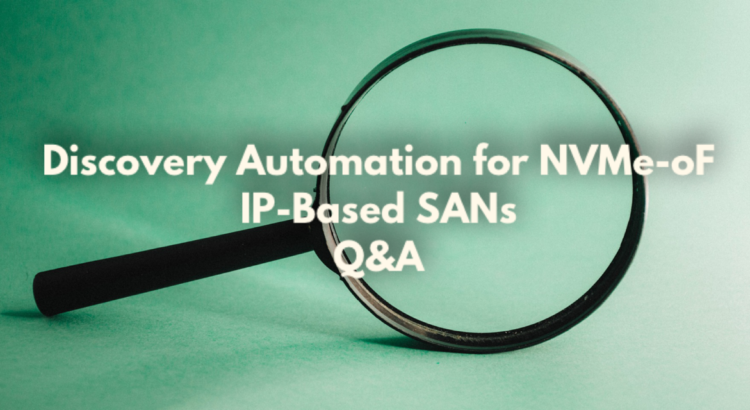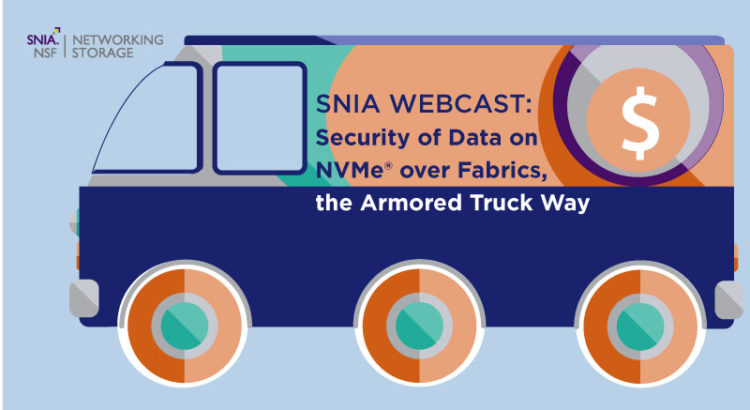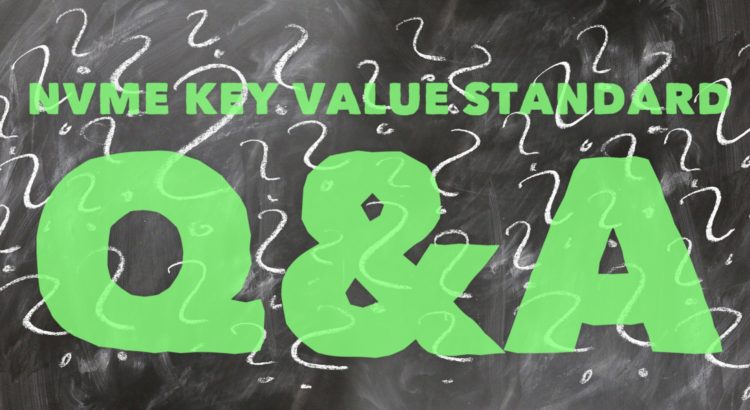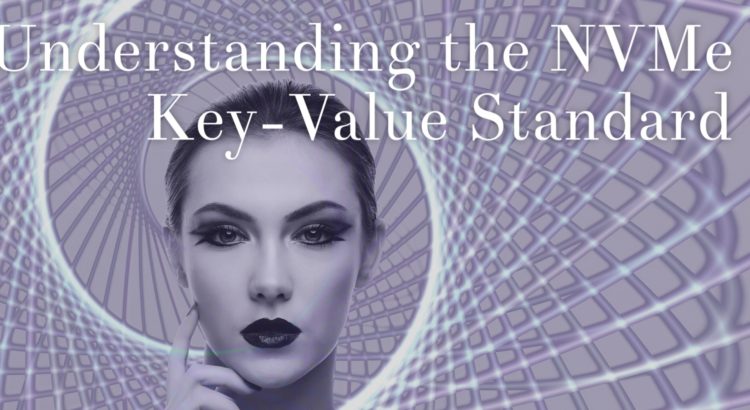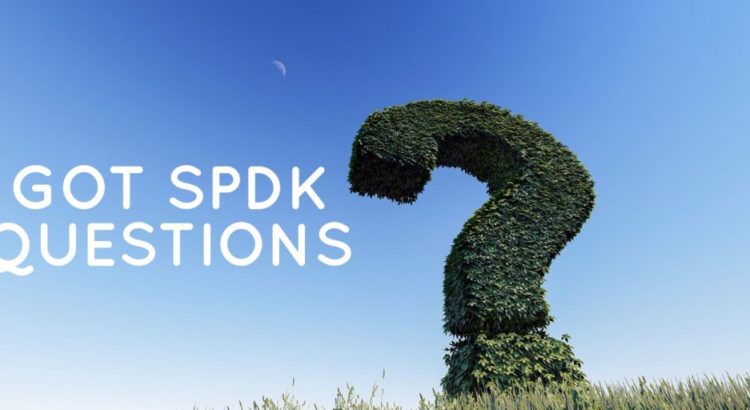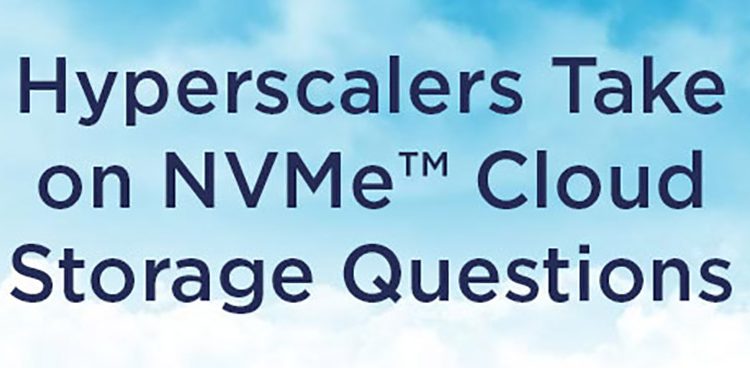NVMe®/TCP has gained a lot of attention over the last several years due to its great performance characteristics and relatively low cost. Since its ratification in 2018, the NVMe/TCP protocol has been enhanced to add features such as Discovery Automation, Authentication and Secure Channels that make it more suitable for use in enterprise environments. Now as organizations evaluate their options and consider adopting NVMe/TCP for use in their environment, many find they need a bit more information before deciding how to move forward.
That’s why the SNIA Networking Storage Forum (NSF) is hosting a live webinar on July 19, 2023 “NVMe/TCP: Performance, Deployment and Automation” where we will provide an overview of deployment considerations and options, and answer questions such as: Read More

